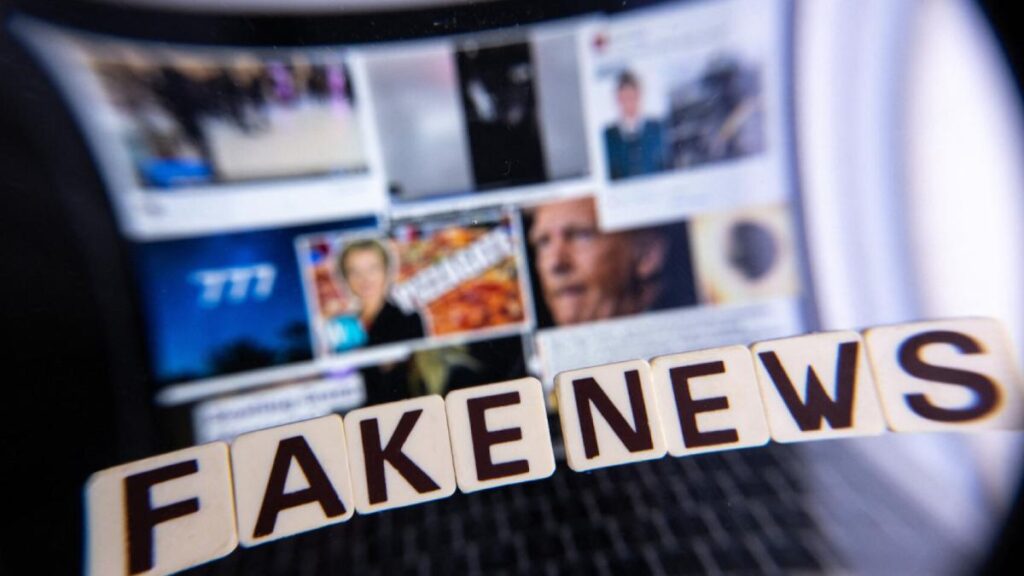Introduction
In an era where information dissemination is rapid and widespread, the ability to distinguish between genuine news and misinformation has become increasingly crucial. A recent study reveals that one-third of Mexicans struggle to recognize fake news, with social media and messaging apps being the primary channels for spreading misinformation in Latin America. This article delves into the implications of this issue, focusing on Mexico and Peru as particularly vulnerable countries.
The Rise of Misinformation in Latin America
Misinformation, or “fake news,” has become a significant concern across the globe. In Latin America, this problem is exacerbated by the widespread use of social media and messaging apps for news consumption. These platforms have become breeding grounds for false information, often due to their ease of use and lack of stringent fact-checking mechanisms.
Mexico and Peru: Vulnerable Nations
Among the Latin American countries, Mexico and Peru stand out as particularly vulnerable to the spread of fake news. According to a study by the Latin American Institute of Media Observatories (ILOM), one-third of Mexicans and a similar proportion of Peruvians struggle to differentiate between credible news sources and misinformation.
Who is Affected?
The impact of this issue extends beyond individual consumers. Misinformation can influence public opinion, sway election outcomes, and even incite social unrest. In Mexico and Peru, where political stability is a concern, the consequences of widespread misinformation are particularly worrying.
Key Figures and Context
Juan Gabriel Rodríguez, a renowned Mexican journalist and media scholar, has been vocal about the rise of fake news in his country. Rodríguez, who teaches at the Anahuac University in Mexico City, emphasizes the need for media literacy education to combat this issue. His work highlights the importance of understanding the sources and verifying the credibility of information before sharing it.
Impact on Society
The inability to recognize fake news can lead to misinformed decisions and actions. For instance, false health information can result in harmful practices or resistance to proven medical treatments. Similarly, political misinformation can distort public perception of candidates or policies, potentially affecting election results.
Addressing the Issue
To tackle this challenge, various strategies can be employed. Media literacy programs can empower individuals to critically evaluate information. Additionally, social media platforms and messaging apps could implement stricter fact-checking measures to curb the spread of misinformation.
Key Questions and Answers
- What is the extent of the fake news problem in Mexico? One-third of Mexicans struggle to identify fake news, with social media and messaging apps being the primary sources of misinformation.
- Why are Mexico and Peru particularly vulnerable? Both countries have high rates of social media and messaging app usage, coupled with a lack of robust fact-checking mechanisms.
- Who is Juan Gabriel Rodríguez and why is he relevant? Rodríguez is a Mexican journalist and media scholar advocating for media literacy education to combat fake news.
- What are the potential consequences of misinformation? Misinformation can lead to misinformed decisions, harm public health, and distort political perceptions.
- How can this issue be addressed? Media literacy programs and stricter fact-checking measures on social media platforms can help curb the spread of misinformation.






